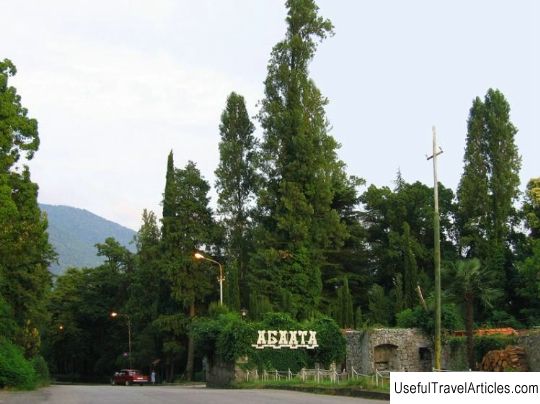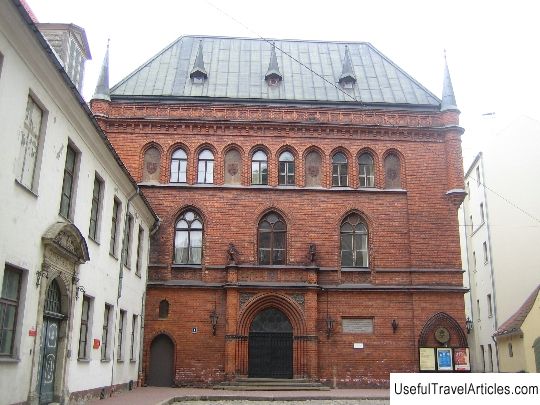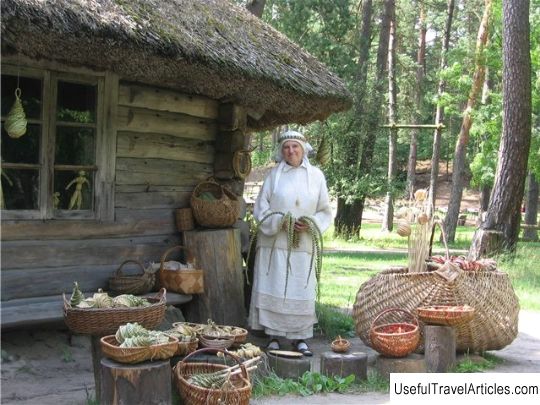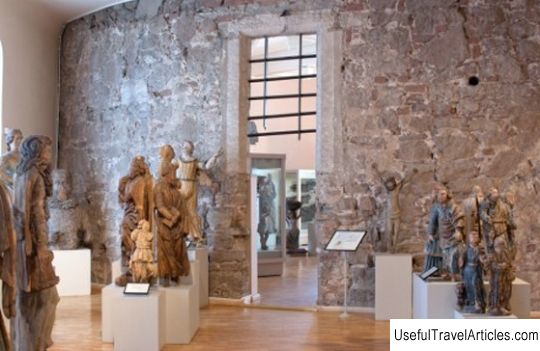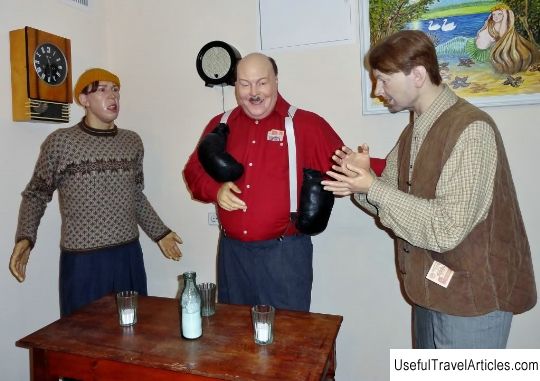Museum of the Occupation of Latvia (Latvijas Okupacijas muzejs) description and photo - Latvia: Riga
Rating: 8,2/10 (593 votes) 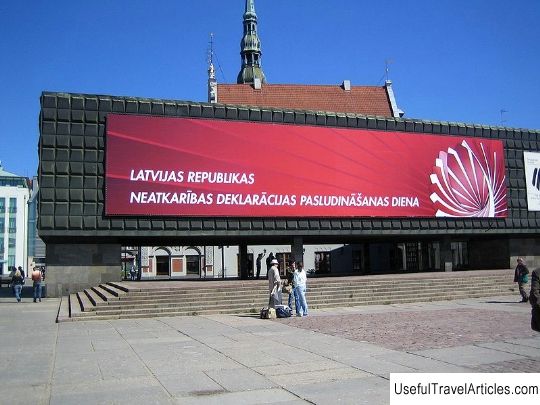
Museum of the Occupation of Latvia (Latvijas Okupacijas muzejs) description and photo - Latvia: Riga. Detailed information about the attraction. Description, photographs and a map showing the nearest significant objects. Name in English - Latvijas Okupacijas muzejs. Photo and descriptionThe Museum of the Occupation of Latvia was established in 1993 in the very center of the city of Riga, located on Strelkov Square. The purpose of this museum was to cover the history of Latvia from 1940 to 1991. This is the period of occupation of Latvia by two totalitarian regimes of that time. From 1940 to 1941 the country was under the Soviet regime. From 1941 to 1944, the regime of Hitlerite Germany was established in Latvia. From 1944 to 1991, Soviet power was again established in the country. In 1991, Latvia, the first among all the republics of the former USSR, declared its independence. The goal was set for the researchers and museum workers to comprehensively and reliably highlight the influence of these totalitarian regimes on the development of the Latvian state. During the formation period, more than thirty thousand various documents, letters and photographs from places of settlement and imprisonment, testimonies of survivors of repressions, official documents of the period of the Hitlerite genocide and the period of the Soviet occupation were collected. To work on collection and processing materials and exhibits involved scientists from different countries of the world, including Russia, Sweden, the United States, Great Britain. Comments on the exhibits are made in several languages simultaneously: in Latvian, Russian, German, English and French. This fact makes it easier for museum workers to achieve their goals. Firstly, any visitor, and it should be noted that visiting the museum is free for everyone, can independently understand the meaning of the exhibit and draw his own conclusion about this period of history. Secondly, it facilitates the museum's field exhibitions, including to other countries. During its work, the museum traveled to the USA, Canada, Australia, to various European countries. It is noteworthy that the museum's exhibitions were organized even in the building of the European Parliament. The museum also organizes temporary exhibitions presenting new exhibits. In addition, the museum staff conduct special classes with schoolchildren on the history of the development of Latvia and seminars with history teachers, at which new documentary and audio / video information collected in the museum fund by researchers and enthusiasts is presented. A special an annual almanac of the Museum of the Occupation of Latvia, available for everyone to get acquainted with the history of the country, the contents of the museum fund and new products with which it has been replenished during the forthcoming publication year. One of the most painful topics in world history is the Holocaust. This phenomenon is reflected in a special part of the museum's exhibition. Although the period of Hitler's, fascist occupation of Latvia was relatively short in terms of history, this section contains a lot of documents, evidence and exhibits. A separate exhibition of the Museum of the Occupation of Latvia is dedicated to the victims of political terror and Stalinist repressions. Even the gulag chamber was recreated so that visitors could see the conditions in which political prisoners were kept during the Stalinist repressions. This section also contains documents and videos testifying to the negative impact of the period of Soviet occupation on the development and formation of people of Latvian nationality. The exhibits reflect especially the stagnation in the development of culture and economy that took place during this period. The way exhibitions are decorated and the methods of selecting and presenting museum materials cause conflicting feelings among museum visitors. There are even disputes about the correctness of some exhibitions. One way or another, the museum presents documentary evidence for review, and each visitor has the right to create his own idea of this, undoubtedly, difficult period in the life of Latvia.         We also recommend reading Novorossiysk water park description and photos - Russia - South: Novorossiysk Topic: Museum of the Occupation of Latvia (Latvijas Okupacijas muzejs) description and photo - Latvia: Riga. |
